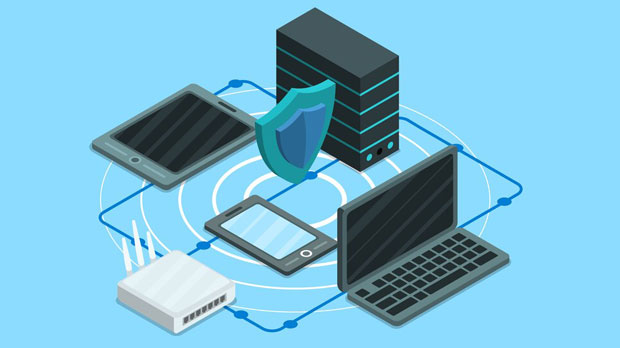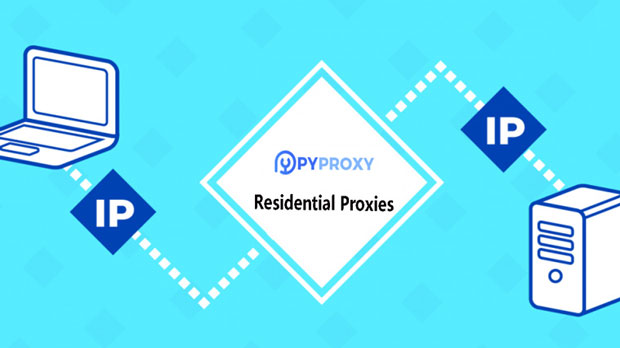When it comes to choosing a proxy service, one of the most critical factors for customers is cost-effectiveness. Both CroxyProxy and PYPROXY have garnered attention due to their distinct features and pricing strategies. In this article, we will dive into a comparative analysis of both services, exploring their cost-effectiveness from multiple perspectives, including features, performance, and overall value for money. This detailed examination will help you make an informed decision based on your needs and budget. Introduction to Proxy Services: CroxyProxy vs. PyProxyProxy services have become essential for maintaining online privacy, bypassing geo-restrictions, and improving browsing security. CroxyProxy and PyProxy are two prominent services that offer a range of features suited to different user requirements. When selecting between the two, it is crucial to evaluate not only the features offered but also the cost-to-benefit ratio. This involves comparing their pricing structures, user experience, speed, and security features, as well as how they perform in different scenarios.Understanding the Basics: What Are Proxy Services?A proxy service acts as an intermediary between the user's device and the internet, hiding the user's real IP address and offering various advantages such as enhanced privacy, security, and access to geo-blocked content. Proxy services can be broadly categorized into free and paid options, with free services typically offering limited features and paid services providing enhanced performance and additional functionalities.Cost-Effectiveness in Proxy Services: Why It Matters?Cost-effectiveness in the context of proxy services refers to the balance between the features and the price charged for the service. A highly cost-effective service delivers maximum value by offering comprehensive features at a reasonable cost. However, achieving this balance is not always straightforward. It requires considering factors such as server locations, speed, security protocols, customer support, and usability.Comparing CroxyProxy and PyProxy: A Detailed BreakdownPricing ModelsThe first aspect to compare when analyzing cost-effectiveness is the pricing model. CroxyProxy offers both free and premium plans, with the free plan having certain limitations, such as slower speeds and limited access to advanced features. The premium version, however, comes at a competitive price, with additional benefits such as faster speeds, increased bandwidth, and more server locations.PyProxy, on the other hand, follows a more traditional pricing approach, offering subscription-based plans with varying tiers based on usage. Its pricing is generally affordable, with multiple options for users who require different levels of service. One advantage of PyProxy is that it often offers discounts for longer subscription periods, making it an attractive option for those looking to commit for a longer duration.Features and FunctionalityThe range of features offered by a proxy service is crucial in determining its cost-effectiveness. CroxyProxy excels in providing a simple yet effective interface, making it an excellent choice for casual users or those looking for an easy solution. It offers secure browsing, access to blocked content, and encryption, but its free plan limits these features, making it less suitable for power users who need higher levels of functionality.PyProxy, by contrast, offers a more robust set of features, including advanced security protocols, faster speeds, and enhanced user control. Its paid plans provide additional benefits like unlimited bandwidth, a larger selection of server locations, and improved customer support. PyProxy’s flexibility in terms of server access and configurations makes it a more versatile option for users with complex needs, although this comes at a slightly higher price.Performance and SpeedWhen evaluating the cost-effectiveness of a proxy service, performance is one of the most critical factors. CroxyProxy’s free service often suffers from slower speeds due to limited server resources. While it is adequate for basic browsing, users looking for high-speed connections may find it lacking. The premium version of CroxyProxy provides faster speeds and additional servers, but it still cannot match the performance of some premium alternatives.PyProxy is known for its consistent speed and reliability, even with its lower-tier plans. Its subscription-based model ensures that users receive a more stable and faster connection, with less congestion and more reliable access to international content. While the pricing may be higher, the performance gains make PyProxy a worthwhile investment for users who require high-speed browsing or streaming.Security and PrivacyBoth CroxyProxy and PyProxy provide secure browsing by masking the user's IP address and using encryption to protect data. However, there are differences in the level of security offered. CroxyProxy uses basic encryption protocols for the free plan, but for users requiring more robust security, the premium version offers stronger encryption and additional privacy features.PyProxy stands out for its advanced security features, including support for multiple security protocols like HTTPS, SOCKS5, and others. Its paid plans also include enhanced privacy options, such as no-logs policies and stronger data protection measures. For users who prioritize privacy, PyProxy offers superior protection, making it a better option for those who need more secure online activities.User ExperienceUser experience plays a significant role in determining the value of a proxy service. CroxyProxy is designed for simplicity and ease of use, which makes it a great option for beginners or casual users. Its interface is intuitive, and setup is quick and easy. However, users who need advanced features or customization may find it limiting.PyProxy, while slightly more complex, offers greater flexibility and control over the user experience. Advanced users will appreciate its ability to configure server locations, security settings, and other parameters to suit their needs. The trade-off is that the setup process might take longer and may require a bit of technical know-how.Customer SupportCustomer support is an essential factor when considering a paid proxy service. CroxyProxy offers support through email and an online help center, but its response time and availability may be slower compared to more premium services. The free version, in particular, offers limited customer service.PyProxy, on the other hand, offers 24/7 customer support for its paid plans, with dedicated support proxies and a more responsive system. This makes PyProxy a better choice for users who may encounter issues and need timely assistance.Final Verdict: Who Wins in Cost-Effectiveness?In terms of pure cost-effectiveness, PyProxy generally offers more value for users who are willing to pay for a proxy service. Its consistent performance, enhanced security, and versatile features make it a great option for users who need a reliable and secure proxy. While CroxyProxy provides an affordable option with basic features, its free service may not meet the needs of power users, and its premium plan may not justify the price for those who prioritize advanced features.For budget-conscious users who only require basic proxy services, CroxyProxy may be a more suitable choice. However, for those looking for better performance, more features, and stronger security, PyProxy stands out as the better option, providing higher long-term value despite its slightly higher price.Ultimately, the choice between CroxyProxy and PyProxy depends on your specific needs and budget. If you're looking for a simple and affordable solution, CroxyProxy may be the right fit. But for users who require advanced features and better performance, PyProxy offers a superior cost-to-benefit ratio.
Aug 08, 2025



































































